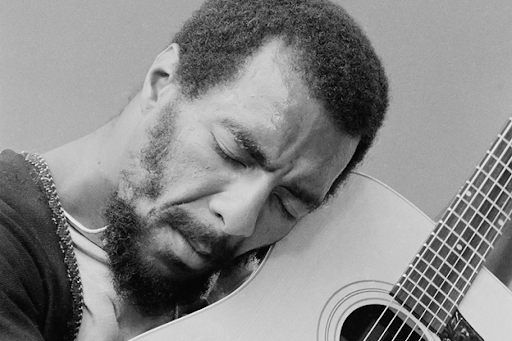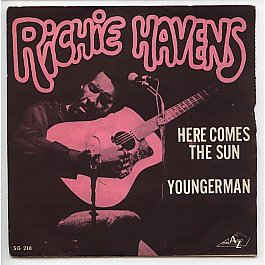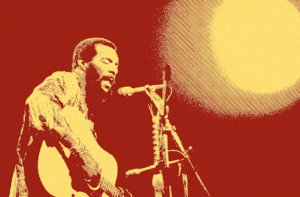
I have never liked covers. My mom loves them, she always has. When I was younger, she would play blue-grass versions of Taylor Swift songs that I loved. I would whine and protest until she reluctantly turned them off.
I have never liked covers. 
Here Comes the Sun by the Beatles, released in 1969 on Abbey Road and vocalized by George Harrison, is nothing short of iconic. It made its way into pop culture and has stayed there for 52 years. I have heard this song thousands of times in hundreds of different ways, but nothing has come close to the original.
Until about a month ago, when I listened to my first Richie Havens song. He is undeniably a master on the guitar—his voice is deep and rich, everything about him screams classic folk and soul. I first listened to his cover of Eleanor Rigby (1966). This song highlights Haven’s bristly voice and gives us an example of his rhythmic intelligence. However, for me, it didn’t live up to the original. Next, I decided to play his rendition of Here Comes the Sun. This song, well, it definitely lived up to its original.
He begins by tuning his guitar. This tuning, I later found out, is a staple in his music. The chaotic plucking smoothly transitions into the beginning of the song. The tempo is not any faster than the original, but somehow it feels more intense.
As you listen, you can almost see him playing his guitar, pounding his leg to stay in time, nodding his head fully immersed in his song. The first time I watched the live video recording, I was not surprised. It was precisely what I thought it would be: erratic, enticing and exciting. Havens is using his guitar as more than an instrument, it is a mechanism, a tool.
As Havens introduces a new strum of his guitar the famous melody becomes clear. This soft, familiar theme is apparent, but his intensity on the guitar does not fade. It’s impressive how his voice can convey such a calm passion while he plays his guitar in a way that some would describe as violent.
While the vocals of the original song starts at 0:15, Havens’s vocals don’t begin until the song reaches 1:30. It does drag on a little long, but I believe the buildup to the lyrical entrance is vital to the uniqueness of Haven’s cover.
I like to think of it like layers on a cake:
Cake Layer 1: He tunes
Cake Layer 2: Rhythm
Filling: Melodic Strum
Cake Layer 3: Whistle
Then you reach the top tier. It is an outlook, a combination of all of these layers topped off by Haven’s powerful voice. I think I remember listening to that for the first time and immediately feeling my mouth burst into a smile. It is a warm feeling that pulls you in and wraps you up. His voice is coarse and comforting, similar to that of Harrisons. When I arrived at this outlook, when I realized what I had just heard, and what was quickly approaching, that is when I fell in love.
Harrisons original lyrics are beautiful, but I adore the way that Havens adapts them. There is one line, a small but important change to the lyrics of the original song.
Original: Here comes the sun, here comes the sun, and I say it’s alright
Havens’s Version: Here goes the sun, here comes the sun, and I say it’s alright.
 This subtle change took me over 50 listens to notice. But once I did, the song made that much more sense. Harrison’s lyrics give us an image of hope, but Havens’s performance turns that image into a reality.
This subtle change took me over 50 listens to notice. But once I did, the song made that much more sense. Harrison’s lyrics give us an image of hope, but Havens’s performance turns that image into a reality.
Havens plays with the idea that no matter where the sun is, here or there, it will always be alright. While the original song is sweet and simple, Haven’s version builds up this image of hope the whole way through. The guitar, the vocals, the drum, the essence. It’s all there, it all makes sense, it all constructs this everlasting, beautiful rendition.
Here goes the sun.
Here comes the sun.
Everything will be alright.




